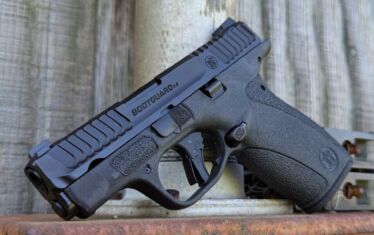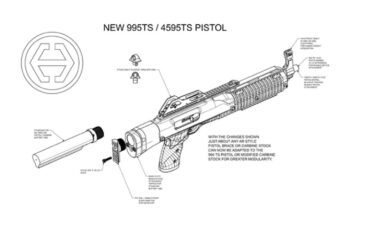There are many ways to build your handgun skills, but dedicated training with skilled instructors is one of the best. Testing yourself in action shooting sports like USPSA is another great way to learn and improve. Then, of course, we have what’s often the most convenient skill builder: drills.
Drills are designed to provide exercises tied to time and accuracy standards. One of the best drills for improving your skills is the classic Bill Drill, named after Bill Wilson, the founder of Wilson Combat—one of the premier M1911 manufacturers. Besides the M1911, Wilson has customized shotguns, AR rifles, and a few original firearms.
He knows his stuff and created the Bill Drill to test and sharpen your handgun skills.
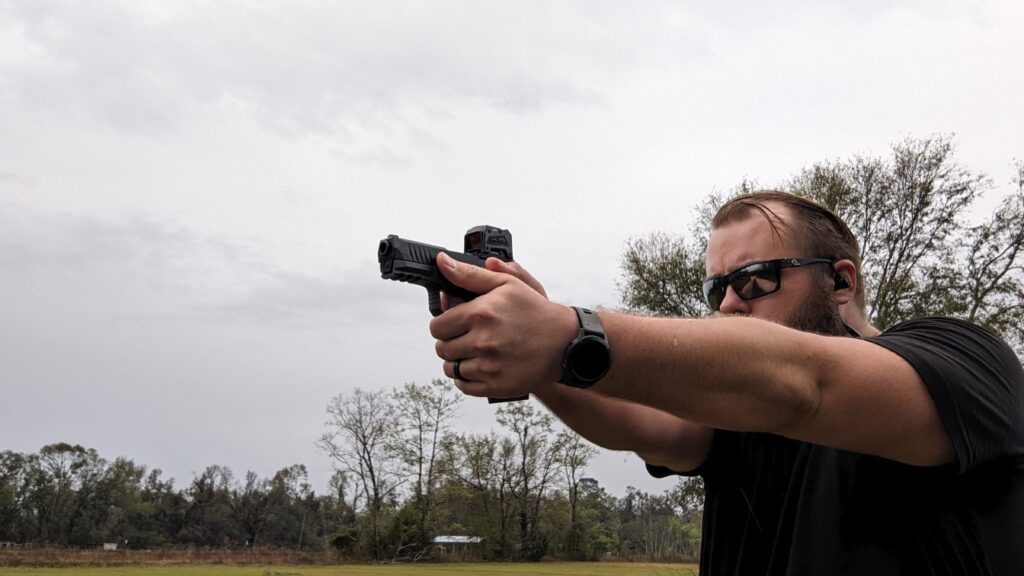
What is the Bill Drill and How Does it Run?
It’s a simple, action-shooting drill mainly geared towards handguns. With an IDPA or IPSC target at seven yards, the shooter starts with six rounds loaded and the gun holstered.
At the sound of the timer, the shooter draws and fires six rounds into the A zone or -0 zone, depending on the target. Every shot outside the A or -0 zone adds one second to your time. While you’ll see different par times out there, the real goal for most of us should be steady improvement. Still, having a target time helps.
A 3.5-second Bill Drill is a solid goal to aim for. For reference, an expert time would be two seconds or less. That’s quite the challenge, but the point of training is to constantly get better.
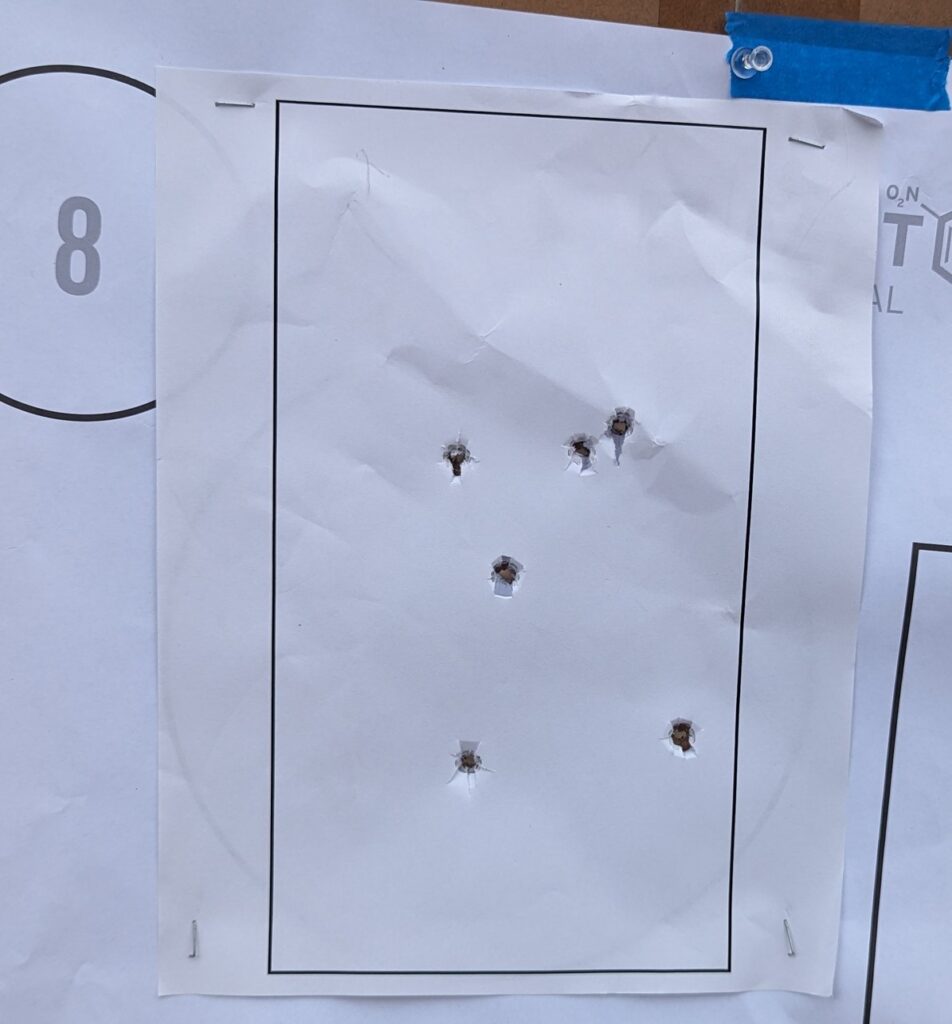
Value of the Bill Drill
The Bill Drill pushes shooters to perfect their drawstroke and get the gun up on target quickly. In a defensive scenario, speed from holster to target is invaluable.
If you’re a concealed carrier, challenge yourself by running this drill from your concealed carry holster. I did it with my Incog X paired with my Arex Delta, and it’s a great test. For police or other professionally armed citizens, this drill pairs well with a rig like the 6380. But drawstroke is just the start.
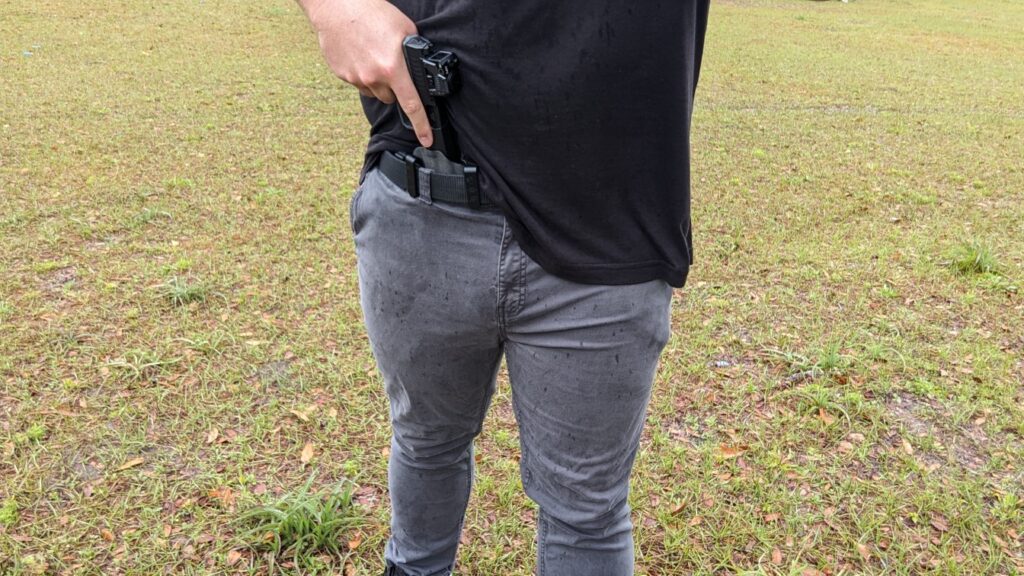
To nail the Bill Drill, you also need to practice sight tracking.
Sight tracking is about following your front sight or red dot as it reciprocates with each shot, as much as possible. Optimally, you don’t want the sight or dot to ever stop moving as you shoot. Obviously, it does stop, but that stop should be so short it’s tough to perceive. If the sight stops moving, then you aren’t shooting, and if you aren’t shooting, you’re losing precious fractions of a second.
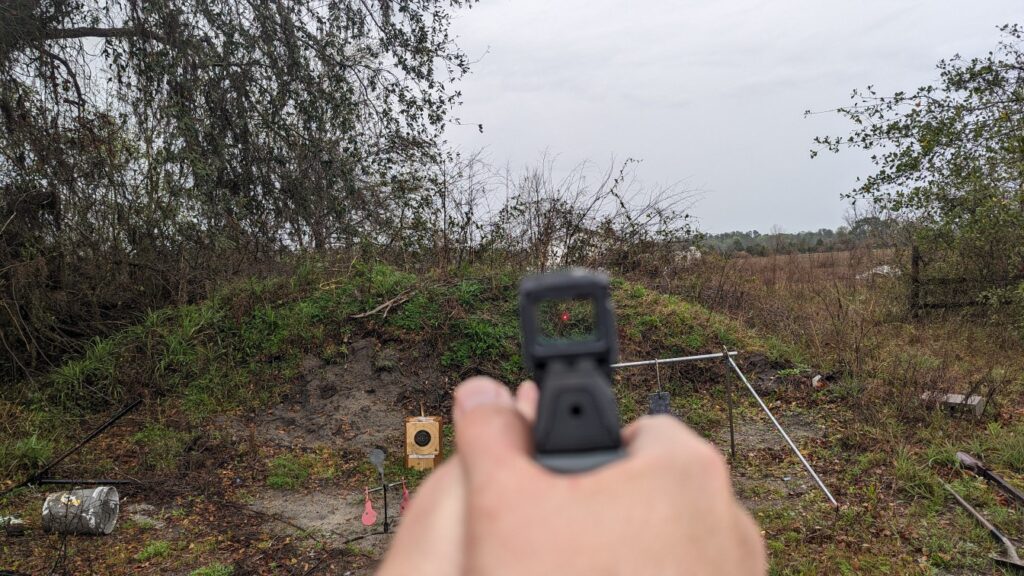
Another key element is recoil control — how you manage the recoil impulse. The better you handle recoil, the faster you can get back on target and fire your next shot.
Next, you have to learn recoil control. Recoil control ties in with how you handle your firearm during its recoil impulse. Handling recoil properly allows you to get the gun back on target quickly and efficiently. The faster you’re on target, the faster you can shoot. Controlling recoil comes down to grip, stance, and elbow position. It’s not about beating recoil but taming it, forcing it to move vertically and then getting the gun back on target fast.

Then there’s trigger control. The ability to pull and release the trigger efficiently is a skill all its own. You want to be able to do so without disturbing your grip. It’s tougher than it sounds and is an important part of mastering the Bill Drill.
Develop Your Skills
The Bill Drill tests and improves the above skills. It sounds like a lot, so I tend to try to tell people to focus on one aspect at a time.
For new shooters, you can eliminate the need to draw and just start from the low ready. Allow them to see how the gun handles, and begin to learn how to track the sights. If you’re practicing the Bill Drill for the first time, I suggest the same to you.
Break down the individual skills and begin to tie them together. Drawstroke practice can be done dry without the need to expend ammo or go to the range. Things like sight tracking and recoil control do require range time and live ammo.
Practice the Bill Drill without a timer at first. Walk before you run. Practice each skill perfectly and only as fast as you can without compromising good practice.
It’s a bit like weightlifting. You should only lift the weight that allows you to maintain a safe and proper form. Heavy weight and poor form will get you nowhere. Speed and skill will come with time, and if you dedicate yourself to practice, it comes quickly. This is especially true if you work dry fire into your regiment.
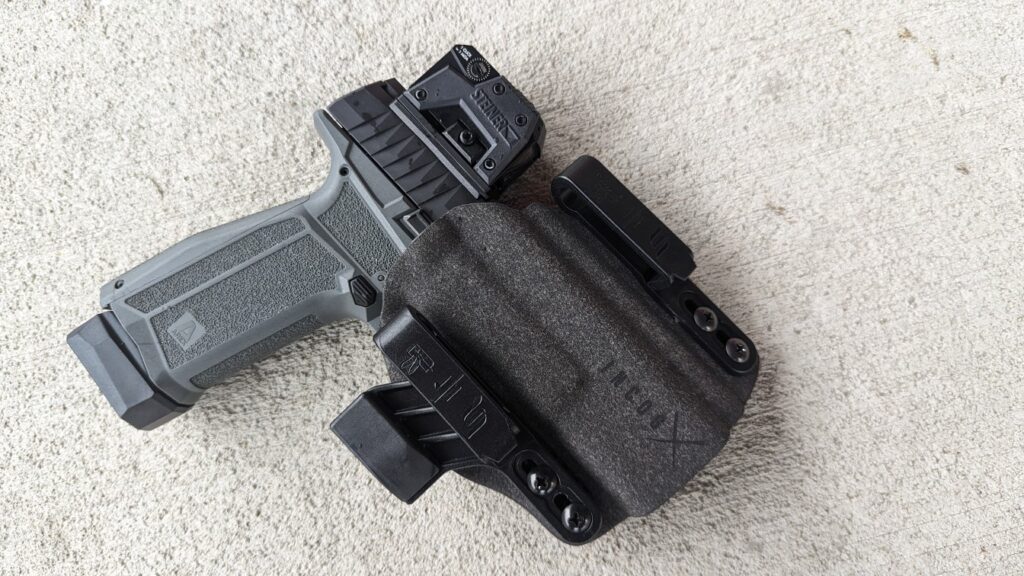
Beyond Handguns
While the Bill Drill is a handgun drill and best used with handguns, it can be adapted to rifles. Rifles tend to be much easier to shoot, and you can’t draw them from a holster, so a sub-2-second Bill Drill with a rifle isn’t that tough.
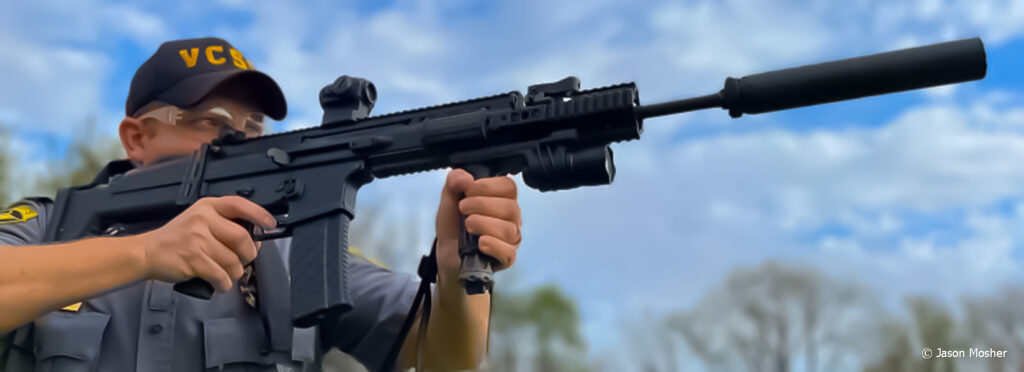
What you will learn is a lesson in height-over-bore compensation. At seven yards, your shots will appear to hit low, but that’s due to the optic sitting higher than the bore. You’ll learn to recognize and compensate for that effect.
A lot of the same skills used for the pistol translate to the rifle; it’s just a lot easier with the three points of contact a rifle stock offers. If you want more difficulty, double the distance and try your hand at it with a rifle; it feels a fair bit more challenging.
Get Training!
One of the genius parts of the Bill Drill is the ease of conducting the drill. Seven yards, a target you can print, and six rounds are all you need. That’s all it takes for you to be able to conduct a Bill Drill. It’s a great test of skills that allows you to build skills without requiring a hefty amount of logistics.
Now get out there and get training!

